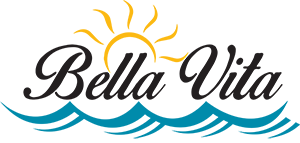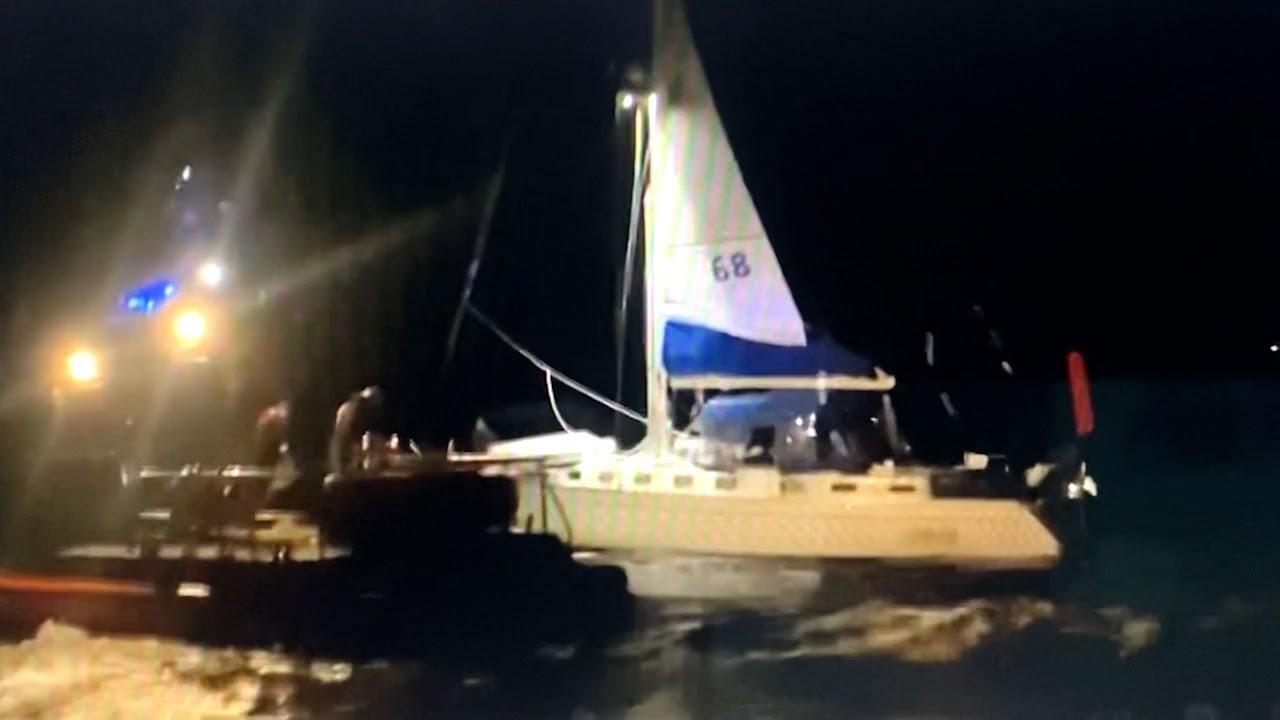Cruising Video 1-Coast Guard Rescue-Stuck in Galveston
Our first sailing adventure was just getting from the home port of Kemah Texas to Pensacola Florida. We only got 25 miles outside the Galveston jettys when the engine overheated. We had to return to Galveston and get the problem fixed. On the way back the winds picked up dramatically. We hoped to sail back and anchor under sail near the Galveston marina but we couldn’t manage to sail the boat into Galveston Bay with the high winds on the nose and huge cargo ships and tankers all around us. TowBoat US said the conditions were too rough for them so we called The US Coast Guard and they towed us in. They also put us on the TV news. That was publicity we didn’t need but that’s OK, it’s a story.
Here’s a video of our first sailing journey, part 1.
Lessons Learned
Have your engine checked out thoroughly before starting a long trip.
We sail in Galveston Bay regularly. It’s a short motor from our marina to the bay where it’s deep enough to leave the channel, hoist the sails and turn the motor off. We start it again to return to our slip. For us that adds up to just about 30 minutes of motoring for a typical day sail. We took for granted that our 4-cylinder Yanmar diesel was in great working condition. I had done full engine maintenance a few weeks prior to setting out. That included an oil and oil filter change, fuel filters changed, belt replacement, and a new impeller installed. What I didn’t do was give the engine a full evaluation. Our problem, a bad heat exchanger might seem like a difficult thing to anticipate. We did have it serviced about a year before. The operating temperature is always at a consistent 180 degrees. When the engine overheated it was due to a total failure of the cooling system. The heat exchanger had obvious corrosion on it. It finally failed and leaked all of its coolant. I should have noticed this and had it looked at by a professional. When it leaked all the coolant, the temperature got so hot so quickly that our impeller literally disintegrated, or more specifically the blades did. No pieces of the missing blades were found anywhere in the system. The conclusion was that they got so hot they broke into tiny pieces and were flushed out.
Find A Good Diesel Mechanic
The mechanic from Yacht Equipment Services, Y.E.S. in Kemah Texas replaced the heat exchanger, and found damage to the seal on the water pump, the place where the impeller is installed. This was caused by someone, (likely me) removing the impeller with a tool such as a screw driver. We were given an impeller puller tool that we will use from now on to remove the impeller safely without causing damage. It is a simple device, much simpler than the one I had which was difficult to use due to the small amount of space between the impeller and other engine components. The mechanic voiced concern that our engine was not ready for a long trip or even a short one and did a complete review of all engine components. He found several small issues that could have caused us problems later and he fixed them. He also repacked the stuffing box. I have to give these mechanics and Y.E.S. a 5-star review for their excellent work. We sailed or motored from Galveston to Florida and then to the Bahamas. We probably motored or motor sailed 90% of the time. We logged over 2300 miles and our Yanmar diesel ran flawlessly.
Towing Companies Love Good Weather
This is the second time we have needed a tow in this boat. On both occasions we were in bad weather with wind in the high 20s and choppy seas. Both well-known towing companies refused to tow us in due to the sea conditions. I had taken for granted that these companies operate 24/7. Apparently that is not true in all conditions. We still rely on them in the event of engine failure, grounding, or other problems and our experiences with both towing companies has been otherwise excellent. See our post about running aground at Marco Island. Just don’t expect a tow in rough conditions.
The Coast Guard Towed Us In
I have heard and read that the US Coast Guard will rescue people but not property. I have heard from several sailors who were taken off their boat but had to make the decision to abandon the boat or stay on board at extreme risk. These instances were well offshore however. Most likely our location was the reason they came to help us. We were right in the middle of shipping lanes and the entrance to the Houston Ship Channel and the countries largest port so we were a hazard to navigation. Whatever the reason, the coast guard came to our aid. Getting tow lines connected to your boat in rough seas is an experience I don’t want to repeat but they give very clear instructions and work in an efficient, clockwork-like manner that really impressed us. They even tried to tow us into a marina but weren’t able to so they instead left us at an anchorage. They did make sure we had a dinghy with a working motor which I appreciated. Keep in mind that if they do assist you they are required to conduct an inspection of your vessel. Make sure you have all safety equipment on board and up to date. (Here’s a link for a list of basic safety equipment) Everyone on board should be wearing their life jackets at all times. They asked about firearms on board but did not search. I don’t know how often they send out a boat just to photograph or video tape a rescue or towing but they did in our case. It was on the USCG website but we found out later the local TV news station in Houston did run this story, which was a little humbling since we had planned this expedition for over a year and only got a few miles from home. We did recover and completed our Florida and Bahamas adventure. I hope to never need the Coast Guard again but it’s great to know they are out there when you really need them.
Anchor Without A Motor
As we sailed back toward Galveston we discussed what we would do. Since TowBoat US was not coming out we considered anchoring under sail. I have not done this before and was unsure of how to do it. I have since read several articles about different methods of anchoring under sail. I intend to practice this maneuver when I can, in much less challenging conditions. It is a skill I didn’t have but realize I need to perfect this and be ready if such an emergency occurs.




